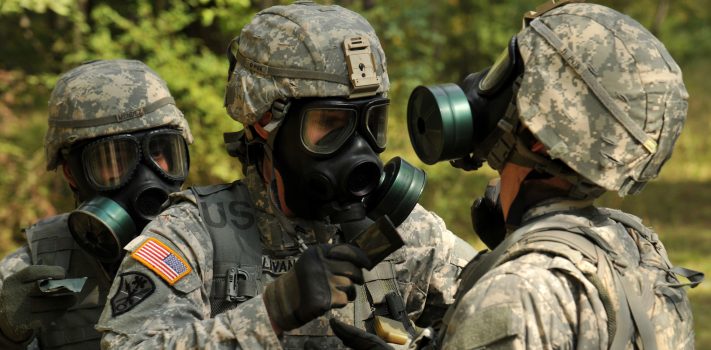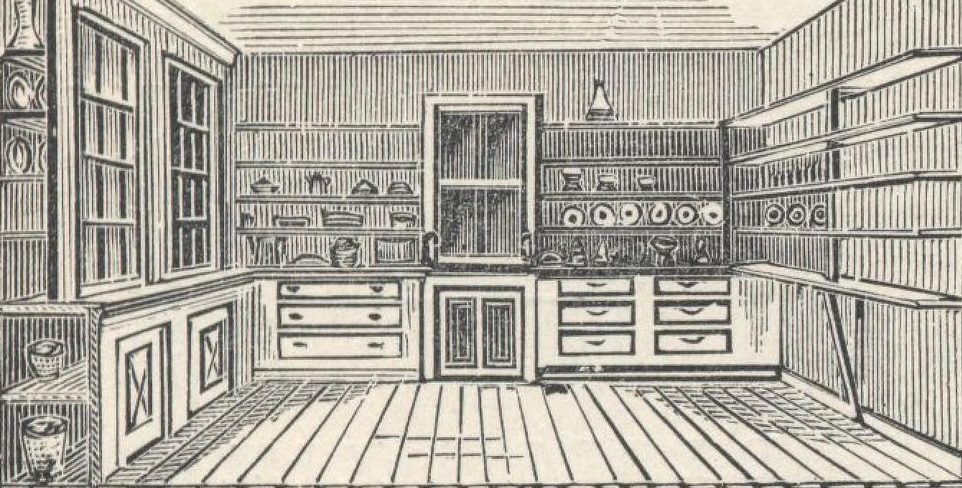Plant-Based Diets For Preppers, by H.E.S.
Intro: I’m 73 years old, pragmatic, conservative on most issues, Purple Heart Vietnam veteran, and a prepper for ten years. That’s me. — After retiring from flying a news helicopter eight years ago, I decided to move to a rural, more prepper-friendly area and subsequently bought an off-grid log home in a very remote area. There is no mail or package delivery, trash pickup, or even cell service up here. Two sides of my property adjoin National Forest. You do get beaucoup more property for your money when you move out of the big city. I’ll admit that I’m a …








